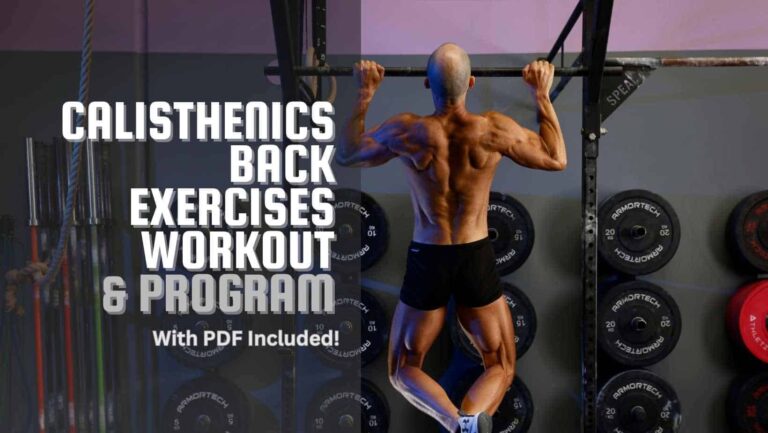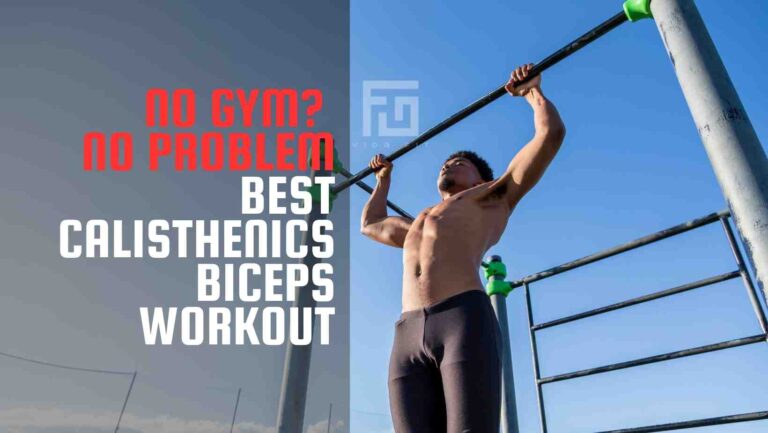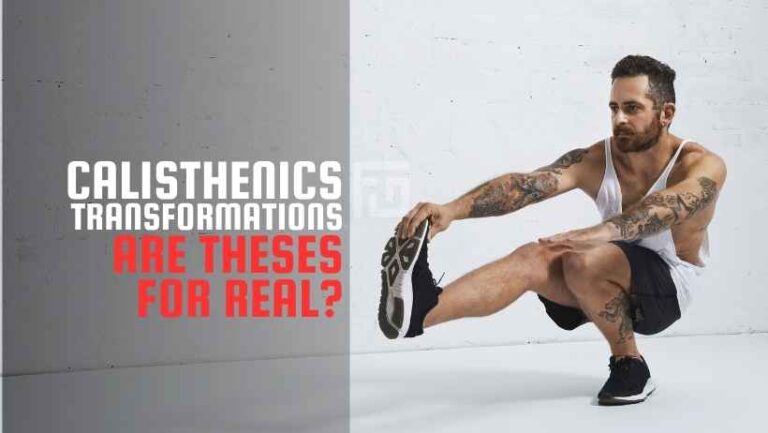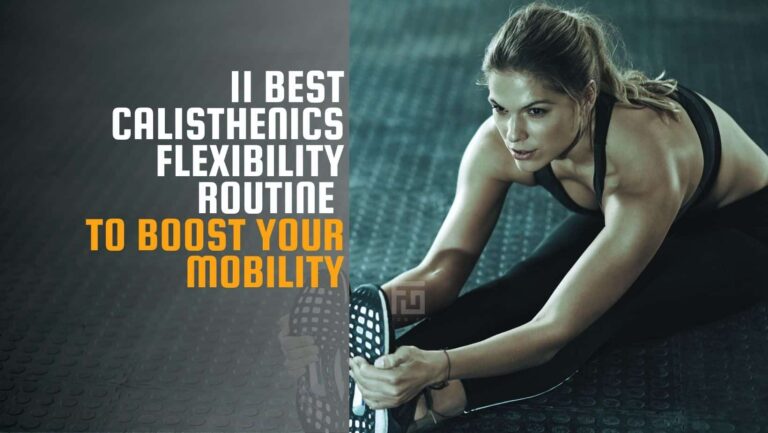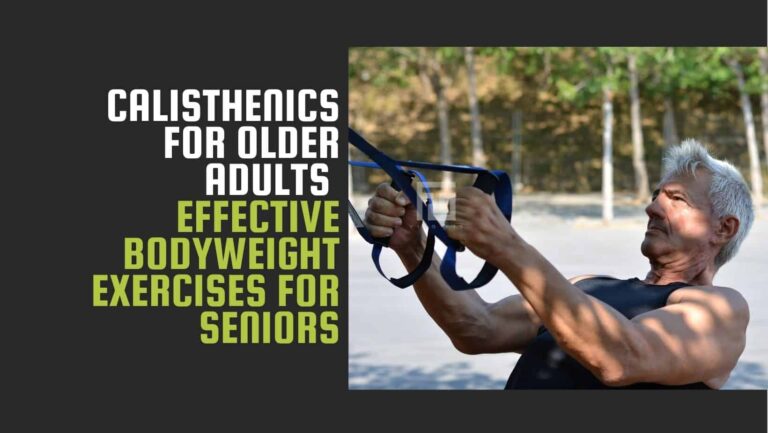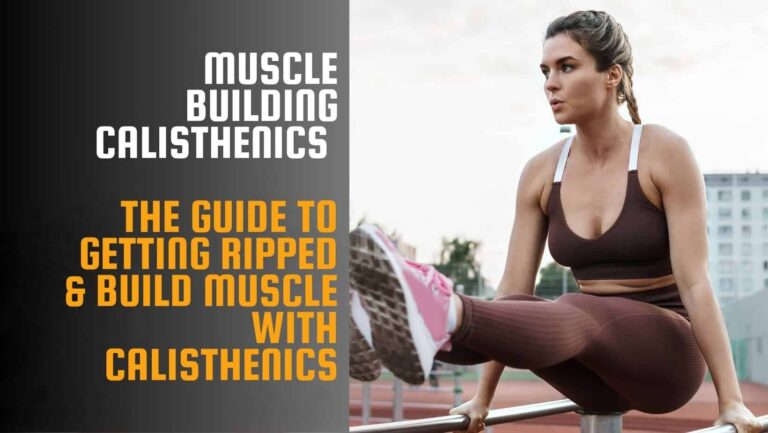Top 10 Calisthenics Leg Exercises | Calisthenics Leg Workout To Build Strength and Muscle
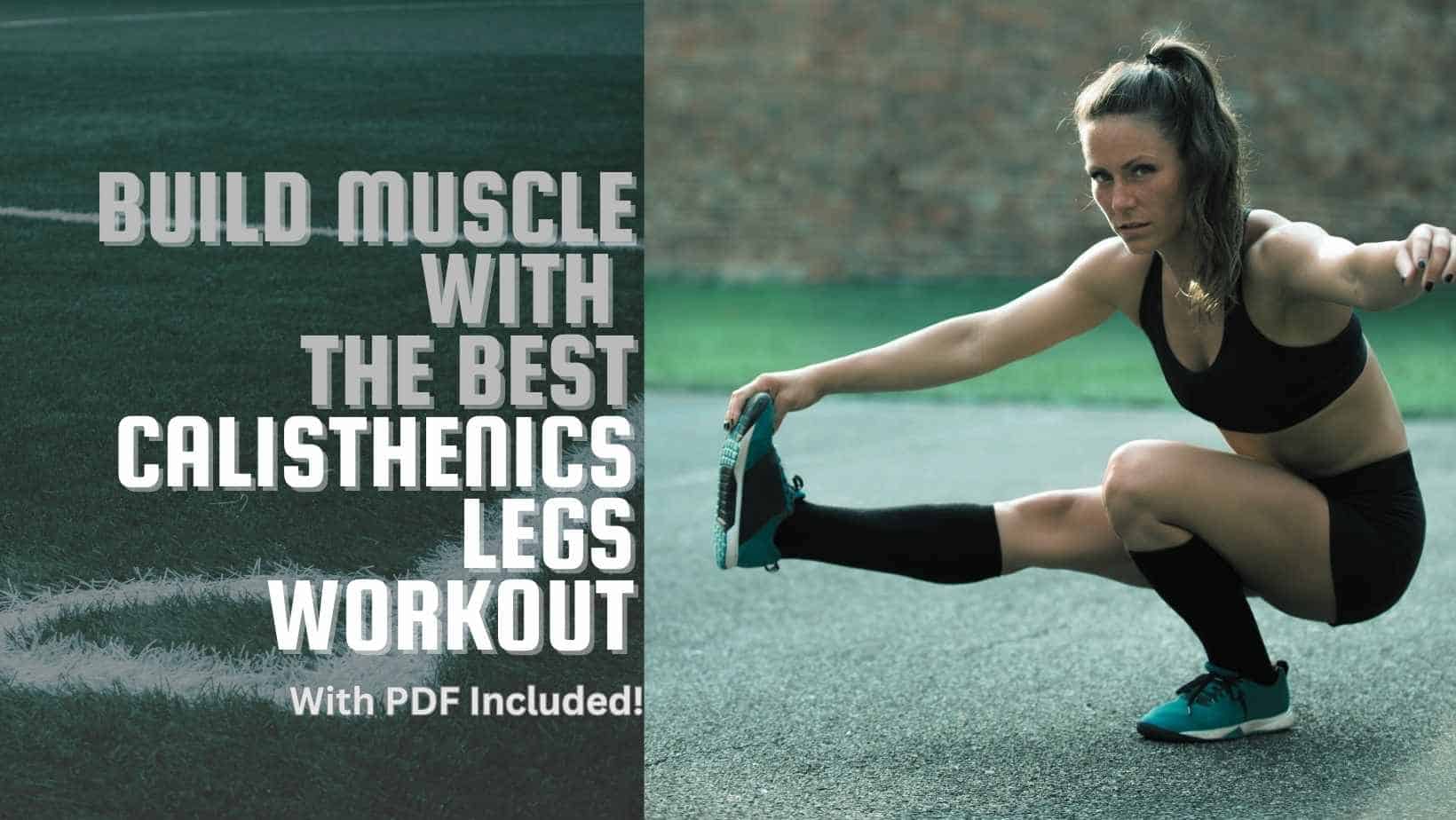
Are you looking for the best calisthenics workout for legs, so that you can train your legs without a gym and build some solid legs?.
…Right?
I have put them here for you, but the workouts won’t do anything if you don’t treat the process of training your legs holistically.
What do I mean by that? Basically, it is like building wealth. You just don’t save more. We can only save so much.
We need to put in the work in all the areas required to achieve our goal. Call it wealth creation or building strong legs. Ensure you read until the end to find out what I mean.
Table of Contents
Calisthenics Workout For Legs
I won’t waste your time.
This is a 6 week program that includes exercises to build leg strength, muscle, and endurance.
You can follow this workout in the following ways:
Option 1 – Follow Workout 1 – once per week
Option 2 – Train your legs twice per week. The first day of the week would be from the Workout 1, and the second day of the week would be from the workout 2.
Option 3 – Train your legs twice per week. Follow either workout for the first day of the week, then select exercises from the advanced exercises listed below for the second day of the week. So make sure you keep reading.
Start with bodyweight exercises, then add some weight when you are ready.
Ways to add weight to calisthenics exercises include a weight vest. You can improvise using a school or computer bag and add weight (books) to it 😉
These are samples of the information included in the PDF.
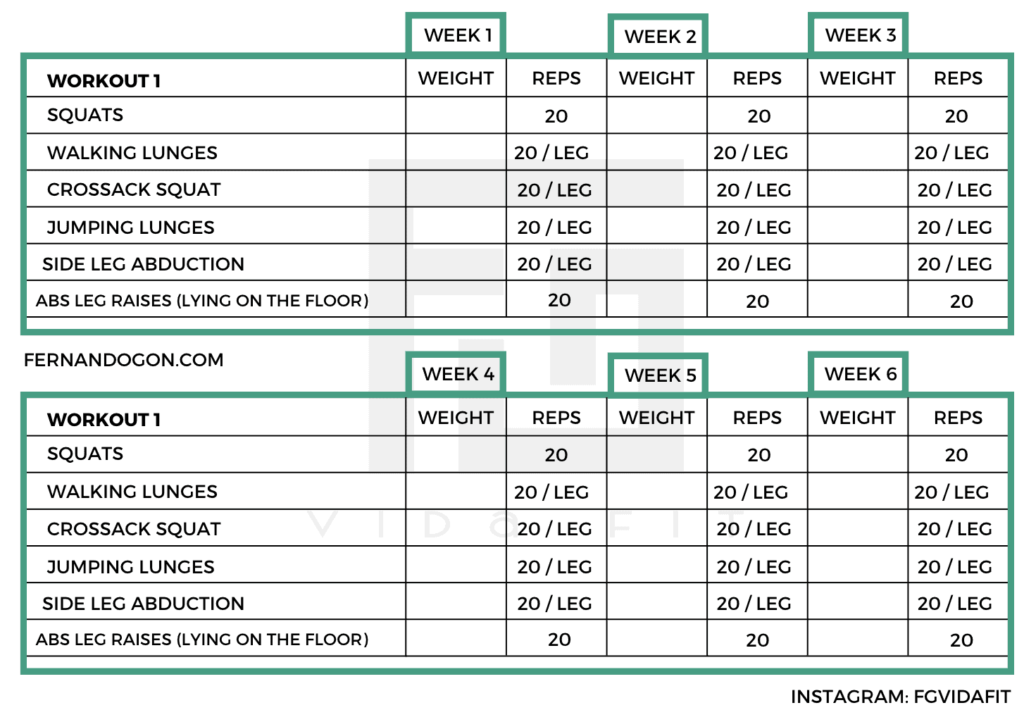
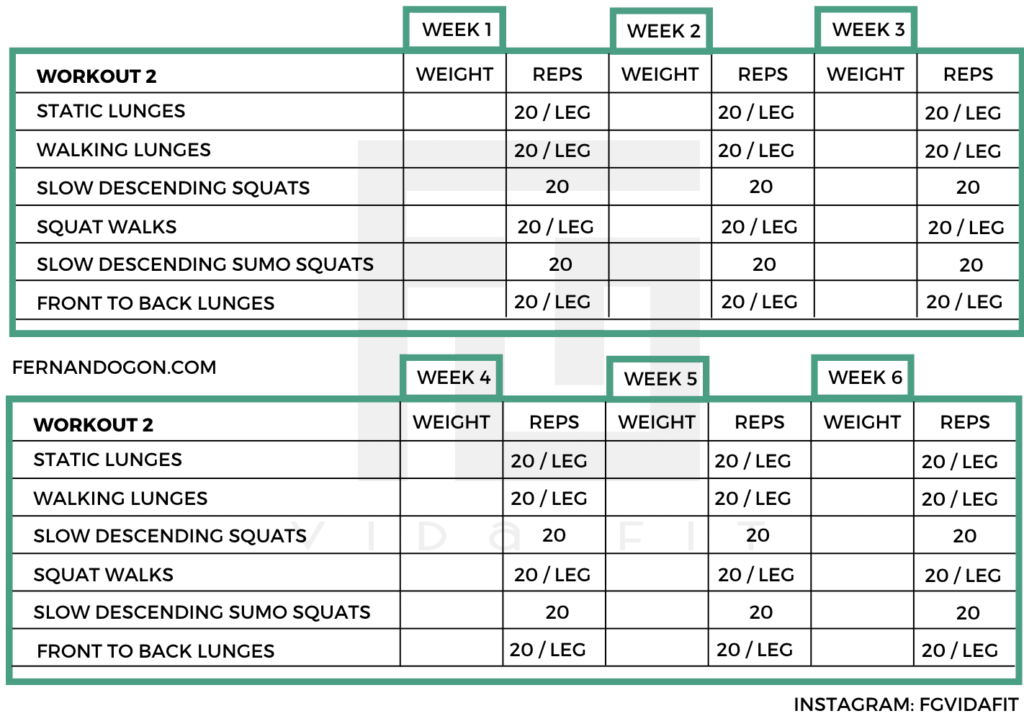
Fill out the form below to download your Calisthenics Workout For Legs PDF
Top 10 (And More) Calisthenics Leg Exercises
As you can see in the program, the exercises include bodyweight squats, lunges, single leg exercises, isometric exercises, etc.
These exercises will help you build those legs as long as you put in the hard work.
1. Bodyweight Squats
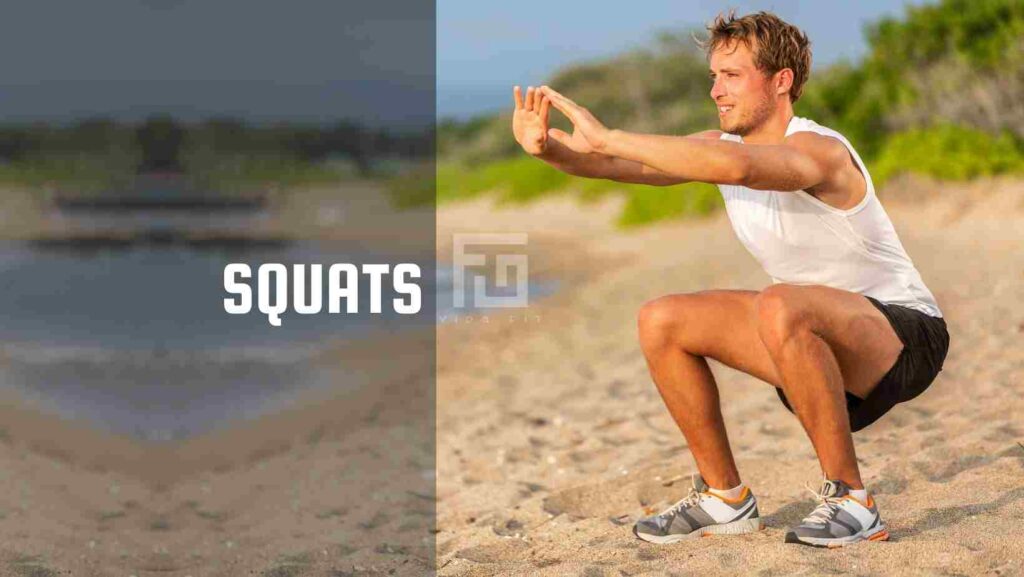
The squats mainly target the quadriceps (front of the thighs), glutes (Buttocks), core muscles, and calves.
How to perform it:
- Starting Position: Stand with your feet shoulder-width apart, toes pointing slightly outward. Keep your arms at your sides, chest up, and gaze forward.
- Initiate the Movement: Extend your arms out in front of you for balance. You can also keep them crossed over your chest or behind your head, whichever feels most comfortable.
- Begin the Squat: Start by pushing your hips back and bending your knees. Imagine you’re sitting back into an invisible chair.
- Depth of the Squat: Lower your body until your thighs are at least parallel to the floor. Ensure your knees do not go over your toes and your back remains straight.
- Engage Your Core: Keep your core engaged throughout the exercise to maintain balance and protect your spine.
- Rising Up: Press through your heels to return to the starting position. Make sure to fully extend your hips and knees at the top of the movement.
2. Static Lunges

Lunges are even more challenging than squats and could be considered a squat variation that can also help you improve your balance when added to your workout.
The jump squats mainly target the quadriceps (front of the thighs), glutes (Buttocks), core muscles, and calves.
How to perform it:
- Starting Position: Stand upright with your feet hip-width apart. Keep your hands on your hips, at your sides, or hold them together in front of your chest for balance.
- Step Forward: Take a big step forward with one leg. Keep your spine straight and shoulders back.
- Lower Your Body: Lower your body until the front thigh is parallel to the ground and the back knee is close to touching the floor. Ensure your front knee is directly above your ankle, not pushed out too far.
- Maintain Posture: Keep your upper body straight and look forward. Avoid leaning too far forward or backward.
- Push Back Up: Push through the heel of your front foot to return to the starting position.
- Go to step 1 and repeat for the required number of legs as required by the program.
- Switch to the other leg when you have completed the number of reps.
3. Walking Lunges
Targeted Muscles: Primarily targets the quadriceps but also engages the glutes, hamstrings, and calves. It enhances balance and coordination, perfect for keeping you balanced during day-to-day activities and more complex calisthenics exercises.
How to perform it:
- Starting Position: Stand upright with your feet together. Keep your back straight, and your shoulders relaxed.
- Step Forward: Take a large step forward with your right leg.
- The Lunge: As you step forward, lower your hips until both knees are bent at approximately 90-degree angles. Ensure your front knee is directly above your ankle, not pushed out too far, and ensure your other knee doesn’t touch the floor.
- After The Lunge: Bring the left leg forward, and you stand back up.
- Alternate Legs: Repeat the lunge on the opposite leg, stepping forward with your left leg.
- Continuous Movement: Continue alternating legs as you move forward, mimicking a walking motion. Keep your core engaged and your posture upright throughout the exercise.
Tips:
- Keep your movements controlled and steady.
- Ensure your body is straight, and avoid leaning forward or backward.
- Breathe in as you go down and exhale as you come up.
- For added difficulty, hold weights in each hand or wear a weighted vest.
4. Front To Back Lunges
It primarily targets the quadriceps, hamstrings, and glutes. Also works the calves and core for stabilization.
Instructions:
- Starting Position: Stand upright with your feet hip-width apart. Keep your back straight and your shoulders back.
- Front Lunge: Step forward with your right leg and lower your body until your right thigh is parallel to the floor and your right knee is aligned with your ankle. Your rear leg or left knee should be hovering just above the ground.
- Back to Start: Push through your right heel to return to the starting position.
- Back Lunge: From the same starting position, step backward with your right leg and lower into a lunge. Your left thigh should be parallel to the floor, and your left knee aligned with your ankle.
- Return: Push through your left heel to return to the starting position.
- Alternate Legs: Repeat the front and back lunge on the left leg.
Tips:
- Maintain a straight back posture throughout the exercise. Keep your core engaged to help with balance.
- Ensure you don’t let your knees extend past your toes during the lunges to prevent strain.
- Move smoothly and control the motion both when stepping forward and stepping back.
- Increase the difficulty by holding dumbbells in your hands or wear a weighted vest.
5. Crossack Squat
Targeted Muscles: Primarily targets the glutes, quadriceps, hamstrings, and adductors (inner thigh muscles). It also engages the core for stabilization.
Instructions:
- Standing Position: Stand with your feet wider than shoulder-width apart. Keep your toes pointing forward or slightly outwards, depending on what’s comfortable for your hips.
- Shifting Weight: Shift your weight to your right leg as you bend your right knee and push your hips back. Your right thigh should try to become parallel to the floor.
- Extended Leg: Keep your left leg straight and your foot flat on the floor. The toes of the extended leg can point up or stay flat on the ground, depending on your flexibility.
- Low Position: Go as low as possible while keeping your back straight. You should feel a stretch in your left inner thigh.
- Return to Start: Push through your right heel to come back up to the starting position.
- Alternate Side: Repeat the movement on your left side, shifting your weight to your left leg and extending your right.
Tips:
- Keep your back as straight as possible throughout the movement.
- Move into the squat slowly and with control to maintain balance and proper form.
- Use your arms for balance by extending them in front of you or placing them on your hips.
- To increase difficulty, hold a weight in front of your chest.
6. Jumping Lunges
Primarily targets the quadriceps, hamstrings, and glutes, with additional engagement of the calves and core for stability and balance.
Instructions:
- Starting Position: Begin in a standard lunge position with one foot forward and the other back, both knees bent at about 90 degrees. Ensure your front knee is directly above your ankle.
- The Jump: Explosively jump up, switching the position of your legs in mid-air, landing with the opposite leg forward in a lunge position.
- Landing: As you land, absorb the impact by bending your knees and lowering back into the lunge position. Ensure a smooth and controlled landing to avoid impact on your joints.
- Repeat: Immediately jump again, switching your legs and returning to the initial position.
Tips:
- Keep your upper body straight and core engaged throughout the exercise to maintain balance.
- Land softly with each jump to protect your knees and ankles from the impact.
- Focus on controlled, explosive movements rather than speed.
7. Side Leg Abduction
It primarily targets the abductor muscles on the outer thigh and hip, including the gluteus medius and minimus, and engages the core for stability.
This simple exercise is great for improving leg mobility and range of motion.
Instructions:
- Starting Position: Begin standing straight with your feet together. Keep your back straight, core engaged, and hands on your hips or extended out for balance.
- Lift the Leg: Slowly lift your right leg to the side, keeping it straight and toes pointing forward or slightly upward. Lift as high as you can without tilting your torso – the movement should come from the hip.
- Controlled Movement: Keep the movement slow and controlled. Avoid using momentum to lift the leg.
- Hold and Lower: Hold the leg in the lifted position for a moment, then slowly lower it back to the starting position.
- Repeat: Perform the number of repetitions required on one side, then switch to the other leg.
Tips:
- Focus on keeping your body as still as possible, only moving the working leg.
- Engage your core throughout the exercise to help with balance and stability.
- If you find balancing challenging, stand near a wall or chair to hold onto for support.
- To increase resistance, consider using ankle weights or a resistance band around your thighs.
8. Slow Descending Sumo Squats
It primarily targets the inner thighs, quadriceps, glutes, and hamstrings. It also engages the core and lower back for stability.
Instructions:
- Starting Position: Stand with your feet wider than shoulder-width apart, toes pointing outwards at about a 45-degree angle. Keep your back straight and your chest lifted.
- Begin Descent: Slowly lower your body by bending your knees and hips, keeping your weight on your heels. Imagine you’re sitting back into a chair.
- Slow Pace: Take 3 to 5 seconds to lower yourself down. The slower descent increases the tension on your leg muscles, making them work harder.
- Low Position: Go down until your thighs are parallel to the floor (or as low as you can comfortably go without compromising your form). Ensure your knees are aligned with your toes, and do not push past them.
- Pause: Hold the bottom position for a second, maintaining the squat depth and muscle tension.
- Rise Up: Push through your heels to slowly rise back up to the starting position. The ascent should also be controlled and not too fast.
Tips:
- Keep your core tight and your back straight throughout the exercise to support your spine.
- Focus on keeping your knees wide and in line with your toes to maximize inner thigh engagement.
- Breathe in as you descend and exhale as you rise back up.
- To increase difficulty, hold a dumbbell or kettlebell in front of you for added resistance.
9. Calf Raises
Advanced Bodyweight Exercises for Legs
Once you feel confident with the workout plan included in the pdf, you can add one more challenging leg exercise, and these include:
10. Reverse Nordic Curls – Natural Leg Extensions (For the advanced)
11. One Leg Pistol Squats (For the advanced)
12. Plyometric – explosive leg jumps (For the advanced)
13. High Volume Squat Workout: 100 – 200 Reps (GOD level mode: ON)
I found this one of the hardest calisthenics leg exercises out there.
This will burn a lot.
You will want to give up.
But if you manage to do these, paired with the proper nutrition, rest, and recovery, you’ll be growing those legs.
Guaranteed.
14. High Volume Walking Lunges Workout: 100 Reps Per Leg (GOD level mode: ON)
Okay. You’ll hate me for this.
But trust me, this works. I’ve done them.
Looking for more exercises, make sure you read The Ultimate Calisthenics Exercise List I Wish I Had (Beginner to Advance)
What Is Calisthenics?
Calisthenics is known to be a form of physical training that uses the weight of one’s own body to build strength.
Calisthenics improves fitness by leveraging your body weight instead of external weights or devices.
The term calisthenics comes from the Greek words kallos and sthenos, meaning beauty and strength, respectively. Therefore, calisthenics means a beautiful form of strength training.
Benefits Of A Bodyweight Leg Workout
Discovering the world of calisthenics offered me a lot of benefits.
Bodyweight training turned out to be a perfect solution for me because when the COVID-19 pandemic hit, gyms closed, and I was forced to exercise at home.
A calisthenics workout plan kept me fit, kept me sane, and kept me feeling strong even when the gyms were closed.
Many people underestimate its full potential due to their limited and inaccurate perception of it.
Healthline.com in their article 9 Bodyweight Leg Exercises for Every Body, states:
“Bodyweight training is a popular and accessible method of improving your strength and conditioning with minimal to no equipment.
When it comes to building stronger legs, bodyweight training offers you a variety of options to target the muscles in your lower body.”
Calisthenics Legs Workout will give you:
- Strong and Toned Legs: Calisthenics leg exercises like squats, lunges, and box jumps are fantastic for building muscle. These exercises can target the major muscle groups in your legs, such as your quads, hamstrings, and calves.
- Cardiovascular Fitness: Calisthenics leg exercises can also significantly increase your heart rate, improving your overall cardiovascular capacity.
- Improved Balance and Coordination: Balance and coordination are essential to overall fitness. As we age, we lose our capacity to maintain good balance and coordination. Practicing bodyweight exercises regularly can prevent injuries and improve our everyday life.
- Flexibility: Stretching should be part of any exercise program. Stretching regularly may help improve your overall flexibility, reducing the risk of injuries in general.
- Fat Loss: When paired with proper nutrition, bodyweight exercises can boost your metabolism, meaning you may lose weight if you exercise regularly.
- Bodyweight Mastery: You will learn to master control over your body and movements. This complete body control can translate to other exercises and even to other forms of fitness.
- Minimal Equipment Needed: You can develop strong legs and upper body muscles without a gym membership.
Are you still not convinced if Calisthenics is right for you? I wrote a full article on the Benefits of Calisthenics, showing what research says about it. Don’t miss it!
Drawbacks Of Lower Body Calisthenics
- Limited Resistance: For many lower body exercises, the body’s weight provides very limited resistance, which may not be enough to stimulate muscle growth and strength. You can overcome this in different ways, which I explain below, known as progressive overload.
- Risk of Injury: Like any exercise, there is always a risk of injury. Make sure that you follow a proper technique. For this, learn how to perform the movements by either watching others on YouTube or hiring a professional.
- Neglecting Hamstring Training: It is challenging to effectively target the hamstrings in bodyweight training, so this important muscle group often gets overlooked with calisthenics.
- Not ideal for Body-Building: Calisthenics can build lean muscle mass, but it is not the optimal method for hypertrophy compared to weightlifting.
- Limited Isolation Exercises: Calisthenics mainly consist of compound exercises that work multiple muscle groups simultaneously. This might not be ideal for people looking to isolate and target specific muscle groups.
- Higher Skill Levels: Calisthenics requires more skill to perform properly compared to traditional resistance training.
How To Progress In Calisthenic Leg Workout For Beginners
The answer to this is known as Progressive Overload.
To continue making progress in terms of leg development, muscle growth, strength development, or other fitness objectives, it’s important to gradually increase the intensity, resistance, or load of an exercise over time. This principle is known as progressive overload and is rooted in the idea of pushing harder than last time.
You can achieve this in a number of ways:
- Increase the number of reps the next time you perform the exercise. It could be only one more rep.
- Increase the number of sets the next time you perform the exercise. It could be only one more set.
- Decrease the rest time, even if it is 10 seconds less.
- Increase the resistance weight the next time you perform the exercise, even if it is 0.5 pounds.
- Manipulate tempo by performing the exercise slower.
If you are interested in buying a weighted vest to add resistance to your workouts, please check out my article: Calisthenics Equipment For Your Home Gym In 2023
Tips For Improving Your Calisthenics Leg Exercises
- Warm-up: Whether you are a beginner or advanced, always begin your workout with a full-body warm-up. This helps to get your muscles ready for the exercise routine that may follow and may also reduce the chance of injury.
- Flexibility: Incorporating stretching into your workout routine will make calisthenic exercises more effective.
- Progress Slowly: Calisthenics requires a lot of strength, so make sure you’re progressing at your own pace.
- Use Proper Form: The correct form is imperative in calisthenics, as wrong forms can lead to injuries. Make sure you’re familiar with the correct form for each exercise you perform.
- Include Variety: Try to vary the types of exercises you do. This not only targets different muscles but also keeps your workouts exciting.
- Establish a Routine: Establishing a routine will unlock the key to seeing actual progress.
- Quality over Quantity: It’s better to do fewer reps with good form than more reps with poor form.
- Rest Days: Make sure to include rest days in your routine. This is important for muscle recovery and growth.
- Include Plyometrics: Plyometric exercises involving jumping or explosive movements are great for building leg strength.
- Keep It Challenging: To keep progressing, you need to challenge yourself continuously. Read the above section, “How to progress in calisthenics” again if you need a reminder.
- Stay Hydrated and Eat Properly: Eating a balanced diet and drinking plenty of water is essential to support your workout routine, muscle growth, and recovery.
Related read: How to start? Calisthenics For Beginners With Program
Let’s Wrap Up!
So, can you build legs with calisthenics?
Definitely, 100% YES!
Calisthenics can provide the stimulus your leg muscles need to promote growth when paired with a proper workout program, nutrition, rest, and recovery.
I hope this article helps to get you started and provides what you need to know about leg training.
Looking for more fitness tips? Check out my article: Super Simple Fitness Tips from Experts and Trainers That Actually Work
